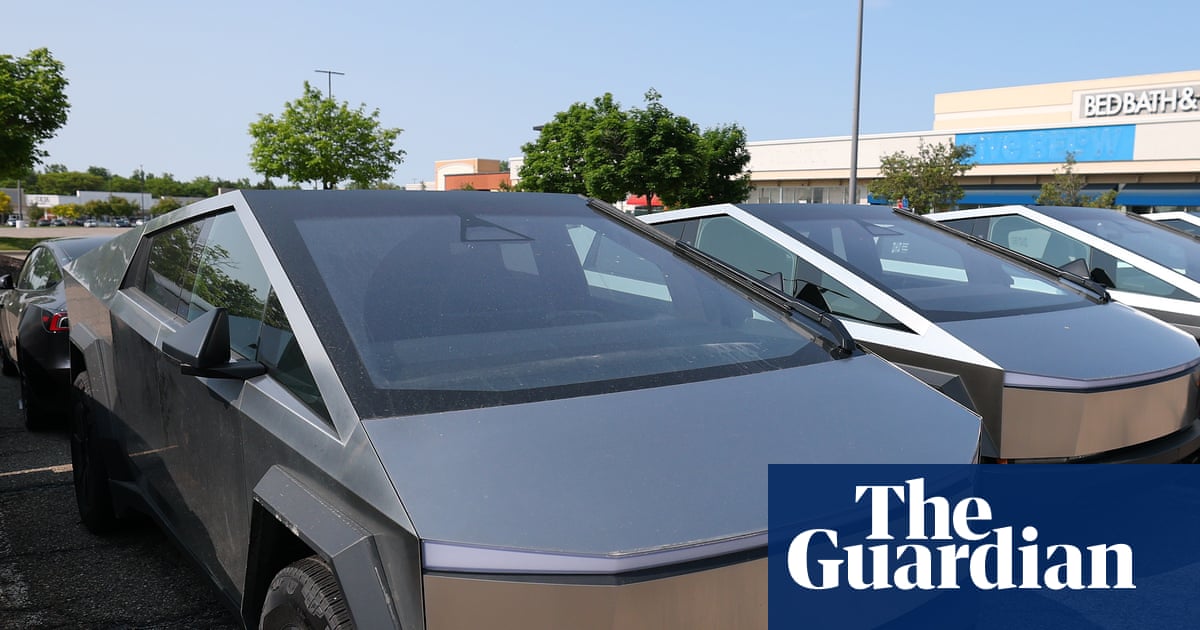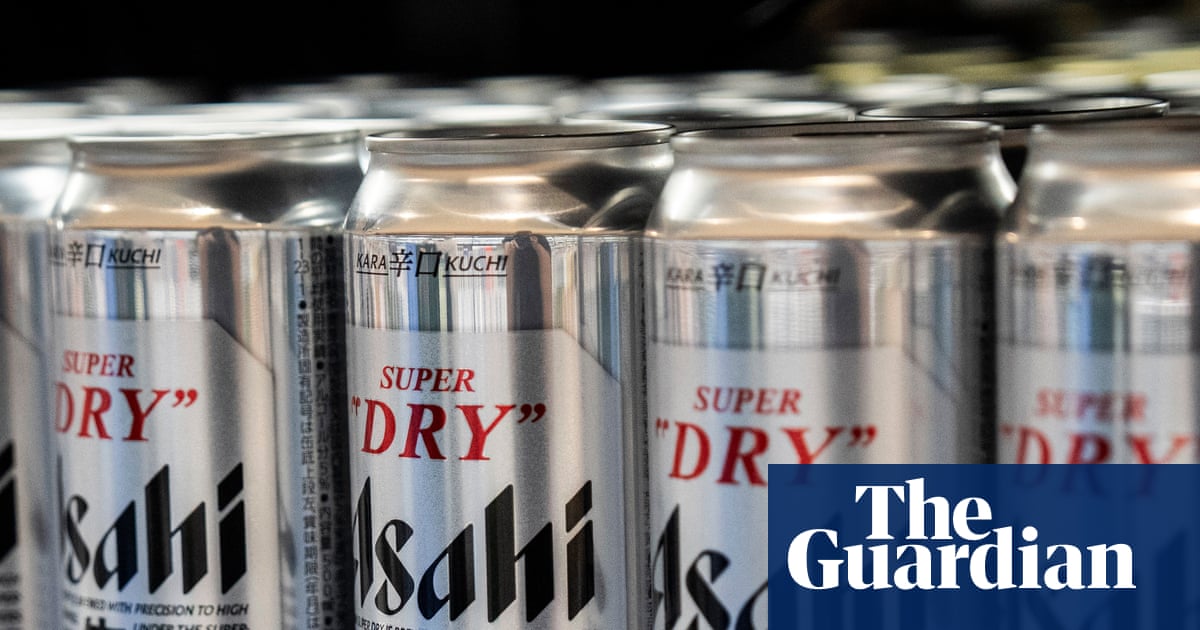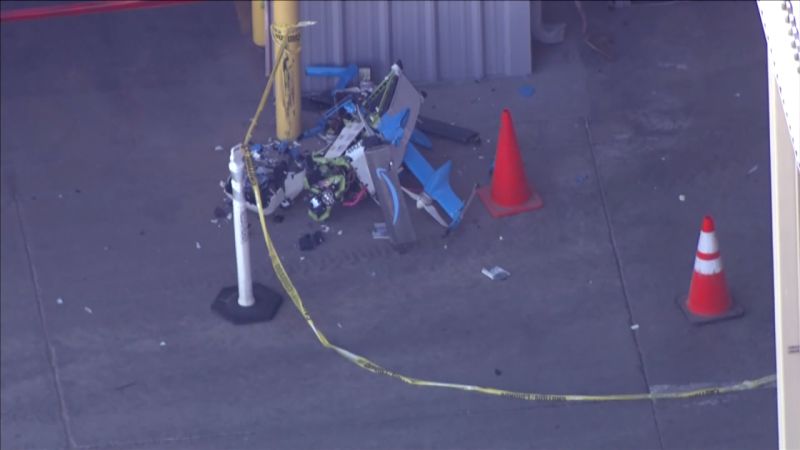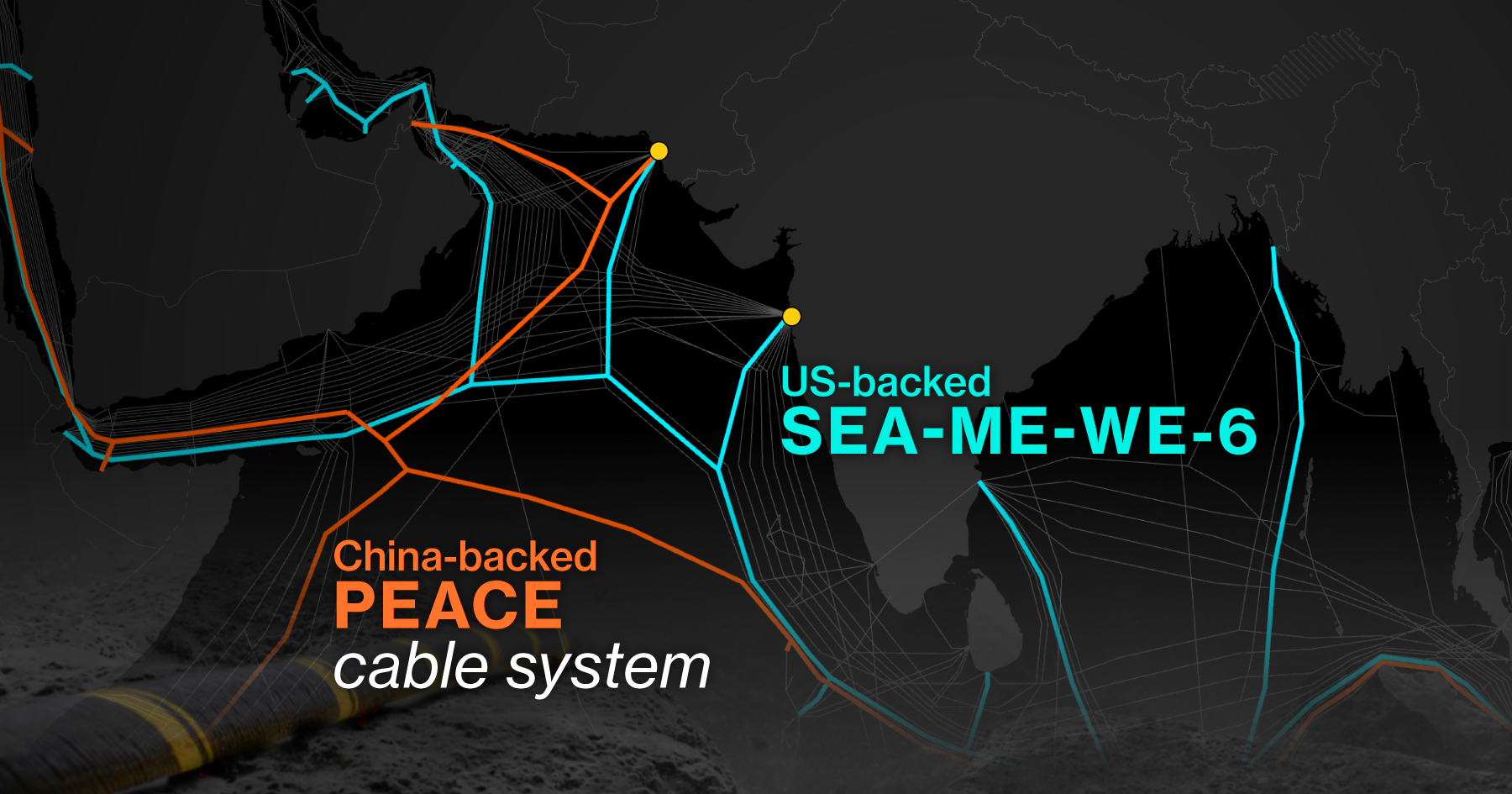Revolutionary Ship Set to Capture and Store Carbon: A Climate Game-Changer!
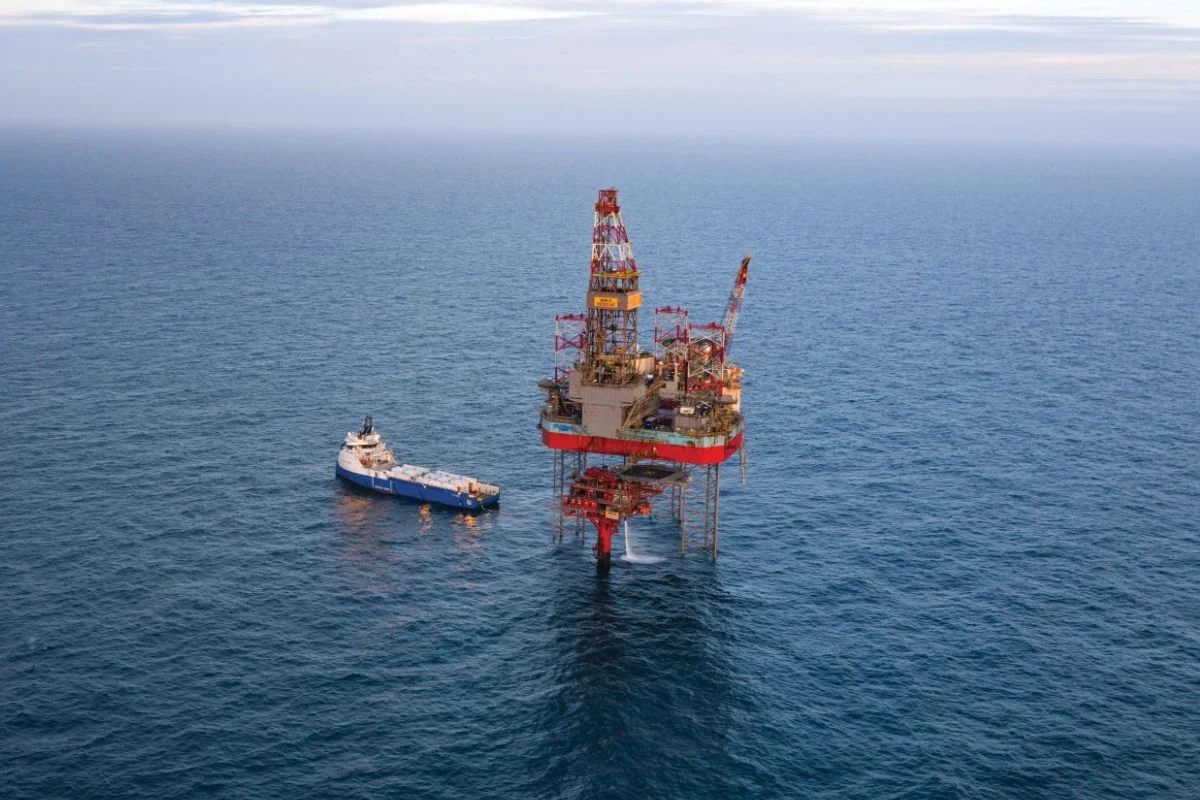
Imagine a vessel that doesn’t just carry goods but is designed to transport carbon dioxide—yes, the very greenhouse gas that’s fueling climate change! The European Union is embarking on a groundbreaking initiative that aims to tackle this global crisis head-on by launching an innovative maritime project dedicated to carbon capture and storage.
This remarkable ship will transport liquefied CO₂ from industrial sources to permanent underground storage beneath the North Sea. This isn’t just a technical marvel; it’s a crucial step in our fight against climate change while creating pathways for sustainable development. Think about it: instead of being part of the problem, this vessel will help transform carbon emissions into manageable cargo for safe transport across European waters.
What makes this ship so special? Unlike traditional cargo vessels that carry oil or containers, it handles compressed CO₂ maintained at an astonishing minus 50 degrees Celsius and seven bars of pressure. This innovative design not only helps mitigate the effects of pollution sources—from vehicular emissions to industrial waste—but also paves the way for a cleaner, healthier planet.
As exciting as this project is, it comes with its own set of challenges. The ship’s advanced cryogenic technology keeps the CO₂ in liquid form throughout its journey, utilizing specialized isothermal tanks reinforced to prevent temperature fluctuations that could compromise the cargo. The Royal Niestern Sander shipyard in the Netherlands has already made strides in this field, completing the ship’s construction with a ceremony held on May 14, 2025, marking a significant milestone in Europe’s commitment to carbon capture solutions.
The project aims to initially target a capacity of 400,000 tons of CO₂ annually, with ambitious plans to expand that to eight million tons by 2030. To put this in perspective, that would account for roughly two percent of France’s annual carbon emissions. However, realizing this potential requires innovative strategies to tackle challenges such as preventing corrosion from acidic CO₂ and ensuring the vessel remains stable during rough seas. The financial backing for this endeavor surpasses 140 million euros, with support coming from both private investors and European public funding, which will help develop not just the vessel but also the necessary port infrastructure and long-term monitoring systems.
Denmark is emerging as a leader in this carbon storage initiative, capitalizing on its favorable geological conditions and proactive energy policies. With depleted petroleum reservoirs providing well-mapped underground storage options, Denmark is positioning itself as a hub for carbon management solutions, effectively repurposing existing infrastructure for carbon injection operations.
As the European landscape for carbon capture and storage evolves, the Greensand project is one of several competing initiatives, including the Northern Lights project in Norway, which is already storing 1.5 million tons of CO₂ annually. These efforts complement renewable energy initiatives, creating a multi-faceted approach to combatting climate change.
To ensure the success of this maritime CO₂ transport, integrated supply chains must be created, with industrial facilities installing capture equipment and coordinating shipping schedules. Economic viability hinges on securing commitments from various industrial sectors, particularly steel, cement, and chemical manufacturers, who are pivotal in driving demand for these innovative storage solutions. Moreover, environmental monitoring systems will be crucial for tracking the integrity of storage sites over decades, ensuring no leakage occurs from these underground reservoirs.
In essence, this project is not just about transporting carbon; it’s about transforming industrial waste into valuable cargo and creating new opportunities while addressing urgent climate goals. This groundbreaking maritime approach could revolutionize carbon management across Europe, showcasing how we can adapt our maritime expertise to meet environmental challenges head-on.





